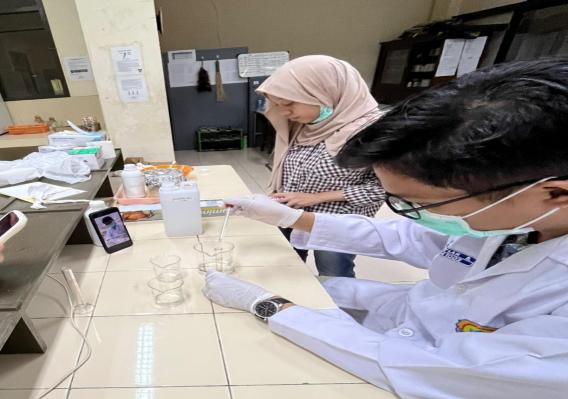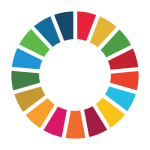Orange Peel Waste into Bioadsorbent for Batik Wastewater Treatment

A group of students from Universitas Negeri Yogyakarta (UNY) has found a creative way to help solve the problem of batik wastewater pollution by using discarded orange peels as an eco-friendly bioadsorbent. Led by Jalu Bahtiar Baharudin from the Biology program, the team extracted pectin from Citrus sinensis peels and found it to be highly effective in binding harmful dye residues typically found in batik industry waste.
To support their findings, the team carried out a series of scientific tests including UV-Vis spectrophotometry for dye absorption, FTIR and SEM-EDX to observe chemical and microstructural changes, and AAS testing on wastewater collected from batik centers in Sleman, Bantul, and Kulon Progo. The data revealed that Kulon Progo had the highest level of contamination, providing a strong case for continued application of the bioadsorbent in similar settings.
This research is part of UNY’s Student Creativity Program (PKM) under the Exact Sciences category and shows how student innovation can offer practical solutions to real-world environmental problems. By converting food waste into a useful product, the team not only addresses water pollution but also promotes sustainable waste management practices for the textile industry.
Looking ahead, the students hope their innovation will lead to broader use of natural bioadsorbents in wastewater treatment systems. Their success highlights how simple, nature-based solutions—when backed by research—can contribute meaningfully to environmental protection and industrial sustainability.






